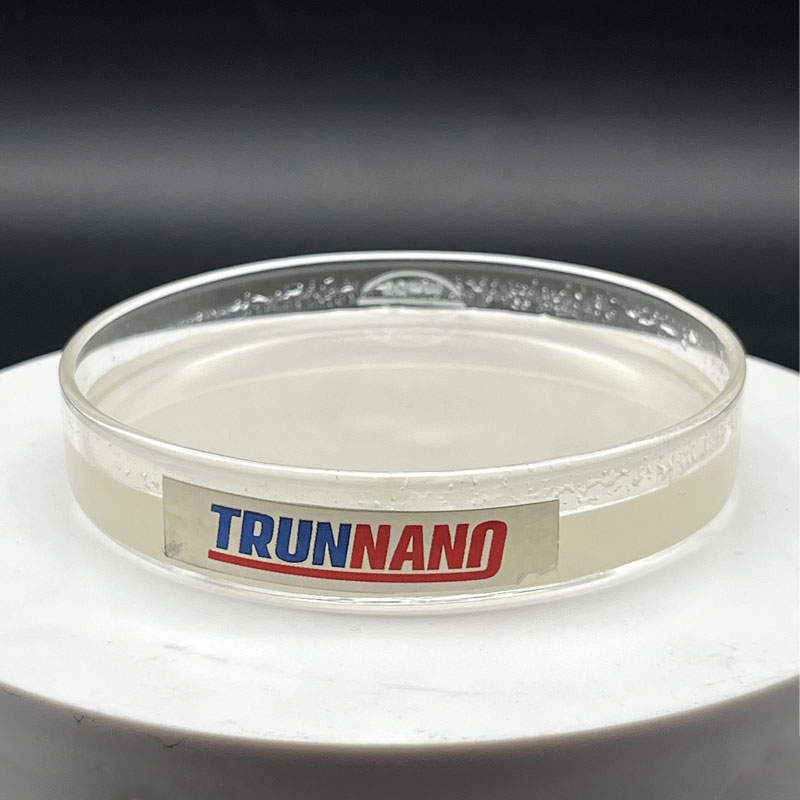Signs Your Septic Tank Needs a Pump Out
Kitchen Grease Trap Maintenance: Maintain Your Culinary Area Sanitary
Ever thought about the consequences of overlooking culinary grease interceptor sanitization in a busy commercial kitchen? It’s more than just a matter of cleanliness; it’s about ensuring an efficient grease trap extraction setup. These devices are essential for trapping FOG (fats, oils, and grease) before they can affect pipes and sewer systems. By emphasizing regular servicing, you protect your restaurant’s structure and avert expensive plumbing problems and smells.
Comprehending the Importance of Grease Trap Servicing
Grease interceptors are essential for the effectiveness and sanitation of commercial kitchens. They fulfill a vital role in guaranteeing business efficiency and adherence with local laws. Knowing how grease interceptors work and the consequences of poor upkeep helps proprietors in making informed decisions about restaurant grease interceptor cleaning.
Importance of Grease Traps in Commercial Kitchens
Grease traps sit near dishwashing areas to trap FOG (fats, oils, and grease) before they enter the drainage system. This is vital for stopping pollution and defending the drainage system. Appropriate grease trap maintenance guarantees these traps work well, safeguarding the ecosystem and the business from fines or interruptions. Regular checks are essential to adhering to grease trap regulations, which set out cleaning and maintenance plans.
Implications of Neglecting Grease Trap Sanitization
Not maintaining septic inspection near me can lead to major issues for culinary functions and public health. Some likely consequences are:
- Severe sewer system backups, resulting in costly urgent fixes.
- Foul stenches in the culinary area and dining areas, decreasing customer satisfaction.
- Penalties and legal issues from breaching grease interceptor rules.
- Heightened chance of plumbing problems, which could halt kitchen operations.
Establishing a consistent cleaning strategy, like restaurant grease trap sanitization, can avoid these problems. Consistent upkeep keeps compliance with regulations and preserves the culinary area.
Kitchen Grease Trap Cleaning: A Step-by-Step Procedure
Sanitizing a grease interceptor is vital for a kitchen’s effectiveness. It needs the proper tools and a structured method. From assembling necessary supplies to removing refuse properly, each step is vital for a clean kitchen.
Crucial Equipment for DIY Cleaning
Before you begin, make sure you have these supplies at ready:
- Rubber gloves
- Nose plug
- Pry bar or tool
- Scraping tools
- Industrial vacuum
Detailed Cleaning Process
Here’s a comprehensive guide for thorough sanitization:
- Open the grease trap by taking off its cover gently.
- Extract the refuse, attempting to take out as much as you can.
- Use a industrial vacuum to extract any leftover pieces.
- Wash the inside of the grease trap with gentle soaps.
- Rinse all debris with fresh H2O.
Guidelines for Correct Elimination of FOG Waste
Correct disposal of grease waste is crucial for environmental safety:
- For small amounts, employ double-lined garbage bags for elimination.
- For substantial amounts, hire grease recycling services to comply with regulations.
| Amount of Waste | Elimination Technique | Recommended Services |
|---|---|---|
| Under 5 liters | Double-lined garbage bags | Nearby dump |
| Over 5 liters | Professional disposal service | Grease recycling services |
Employing an enzyme grease interceptor cleaner can improve your sanitization attempts, organically dissolving fats and oils. By adhering to these instructions, you’ll maintain your kitchen clean and meet waste disposal standards.
Indicators Your Grease Trap Requires Cleaning
Ensuring your grease interceptor in optimal shape is vital for your restaurant kitchen’s smooth operation. Recognizing when to arrange a grease interceptor sanitization can avert future issues. Several indicators can alert you to the requirement for an inspection.
Frequent Indicators of FOG Accumulation
Watch out for these indicators that imply your grease interceptor requires quick attention:
- Foul smells emanating from the kitchen or pipes.
- Sluggish basins, indicating blockages from grease buildup.
- Obvious FOG buildup in and around your pipes.
- Regular plumbing issues, such as clogs and overflows.
How Frequent Should Cleaning Be Done?
Consistent maintenance of your grease trap is vital for efficiency and compliance to regulations. It’s generally suggested to carry out checks and sanitizations every four to six weeks. Kitchens with intense demand might require more routine maintenance. Engaging a specialist for consistent grease trap upkeep guarantees you comply with these guidelines and maintain your culinary area sanitary.
| Kitchen Type | Suggested Sanitization Interval |
|---|---|
| Low Usage | Four to six weeks |
| Moderate Demand | Three to four weeks |
| High Usage | One to two weeks |
Advantages of Expert Grease Interceptor Cleaning
Employing specialist grease interceptor sanitization services can greatly improve your culinary area’s effectiveness and safety. These specialists not only scrub exhaustively but also guide on the most suitable upkeep plans for your establishment. By opting for industrial grease interceptor extraction services, you’re working with experts experienced in grease trap complexities.
Why Choose Grease Trap Pumping Service?
Hiring a grease trap pumping service gives availability to advanced gear and knowledge in grease interceptor handling. They guarantee your traps are sanitized thoroughly, preventing obstructions and overflows that could result in costly pipe problems. Routine expert sanitizations help maintain productivity and improve customer satisfaction.
Regulatory Compliance and Peace of Mind
Using a expert service also guarantees compliance with grease interceptor rules. Many locales have strict standards that restaurants must adhere to, and violations can result in charges or reviews. Engaging a reliable grease interceptor provider gives confidence, ensuring your kitchen complies with all guidelines. It also encourages a sanitary space for staff and patrons.

